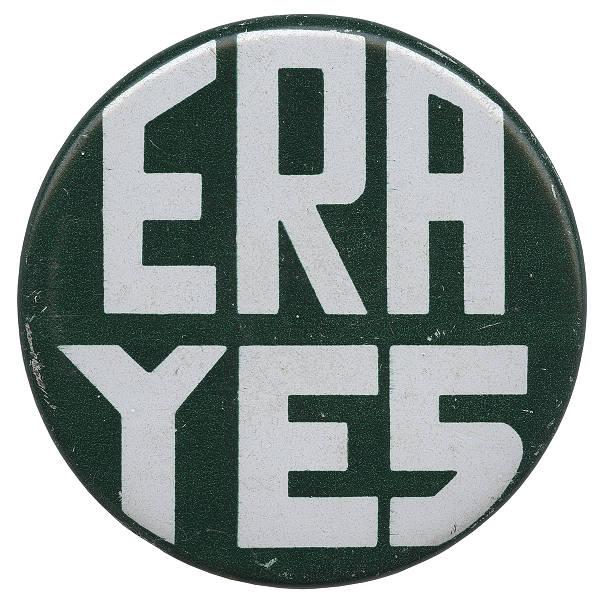U.S. Senator Birch Bayh of Indiana in 1972 introduced the Equal Rights Amendment (ERA) in Congress. Both Indiana Democrats and Republicans endorsed the ERA in 1973, and Governor Otis Bowen (Republican) was elected on a platform that supported it. This apparent unity was short-lived, however, and in the next few years the Indiana Senate and House hearings on ratification of the amendment attracted overflow crowds of supporters and opponents in the .

Early pro-ERA groups included the , the , Concerned Women Lawyers, and the Mayor’s Task Force on Women. Opponents of the amendment’s ratification included State Senator Joan Gubbins (R-Indianapolis), Stop ERA, Citizens to Oppose ERA, and Scratch Women’s Lib.
On April 2, 1973, the Indiana House voted in favor of the amendment, but the Senate voted against ratification. The measure was tabled until the 1975 session of the General Assembly. Again passing in the House, the ERA was killed when the Senate Governmental Affairs Committee voted not to report the bill out for passage. Senator Thomas J. Teague (D-Anderson) challenged the committee’s action, claiming that a resolution proposing constitutional ratification was not legislation and therefore should not be subject to committee approval, but the decision stood.
In 1976, the Greater Indianapolis ERA Coalition, led by Cynthia Morse and Fran Moore, targeted 10 state senators as “persuadable” and concentrated their efforts on lobbying them to vote for the amendment. Hoosiers for ERA, a statewide group, encouraged women to form local coalitions to work for ratification.
The efforts of these groups were repaid on January 18, 1977, when Indiana became the 35th state to ratify the ERA under the titles of House Joint Resolution-1 and Senate Joint Resolution-1. A last-minute telephone call from President-elect Jimmy Carter persuaded State Senator Wayne Townsend (D-Hartford City) to vote against a procedural motion that would have killed the measure. Three Republicans joined 23 Democrats in ratifying the amendment in the Senate. In spite of Indiana’s actions, when the time limit for national consideration of the ERA was reached in 1978 the amendment was still three states short of the number required for adoption.

Help improve this entry
Contribute information, offer corrections, suggest images.
You can also recommend new entries related to this topic.




